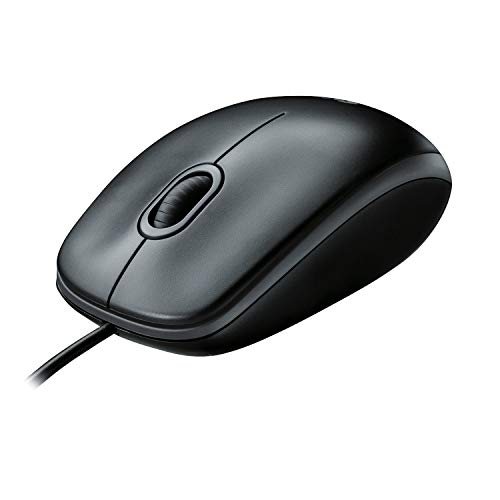Understanding the Basics of Connecting to a Wireless Network
Connecting your computer to a wireless network may seem overwhelming at first, but with a few simple steps, you can easily get your device up and running in no time. Whether you’re setting up a new computer or troubleshooting an existing connection, understanding the basics is crucial. So, how exactly do you connect your computer to a wireless network?
Check your Device for Wi-Fi Connectivity
The first step in connecting your computer to a wireless network is ensuring that your device has built-in Wi-Fi connectivity. Most modern laptops, smartphones, and tablets are equipped with Wi-Fi capabilities, allowing easy access to wireless networks. However, if you’re using a desktop computer or an older device that doesn’t have Wi-Fi, you’ll need to purchase a Wi-Fi adapter or use an Ethernet cable to connect to a wireless router.
Locate and Connect to an Available Wireless Network
Once you’ve confirmed that your device has Wi-Fi connectivity or have connected an external Wi-Fi adapter, it’s time to locate and connect to an available wireless network. On your device, navigate to the Wi-Fi settings, typically found under the settings or network preferences menu. Here, you’ll find a list of available networks within range.
Click on the network you want to connect to and enter the password if prompted. Make sure to choose a network with a strong signal for a more reliable connection. If you’re connecting to a public Wi-Fi network, exercise caution and only connect to trusted networks to protect your personal information.
Troubleshooting Common Connection Issues
If you’re experiencing issues connecting to a wireless network, there are several troubleshooting steps you can take:
- Ensure that the Wi-Fi router is turned on and functioning properly.
- Restart your computer or device to refresh the network settings.
- Move closer to the wireless router to improve the signal strength.
- Check if your device’s Wi-Fi is enabled and not in airplane mode.
- Ensure that you’ve entered the correct password for the network.
- Update your device’s Wi-Fi drivers to the latest version.
If none of these solutions work, you may need to contact your internet service provider or the manufacturer of your device for further assistance.
Enhancing the Security of Your Wireless Connection
Connecting your computer to a wireless network comes with potential security risks, so it’s important to take steps to protect your data. Here are some recommendations:
- Enable encryption on your Wi-Fi network, such as WPA2, to prevent unauthorized access.
- Change the default password on your Wi-Fi router to a strong and unique password.
- Regularly update the firmware on your router to protect against security vulnerabilities.
- Consider using a virtual private network (VPN) for added privacy and security when accessing public Wi-Fi networks.
- Install reputable antivirus and firewall software on your computer to protect against malware and other threats.
By following these steps and taking necessary security precautions, you can enjoy a seamless and secure wireless network connection on your computer.






